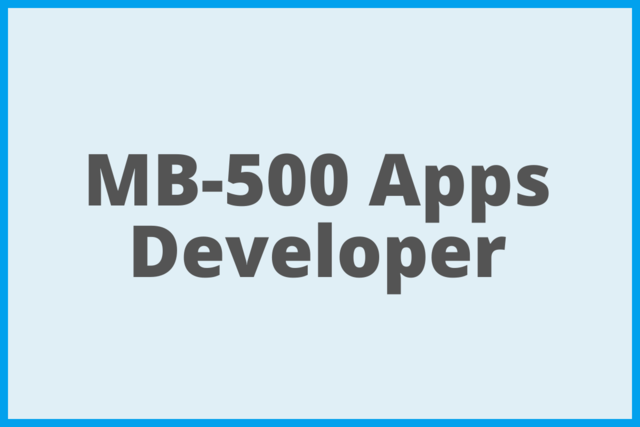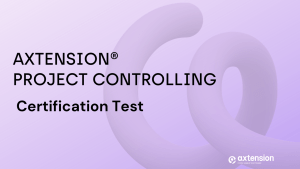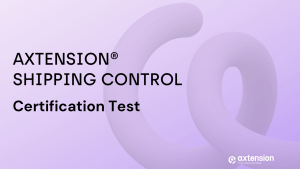Description
5-day live online MB-500 course.
The delivery is per our Prepare-Participate-Practice (3P) methodology.
What you get
- Welcome email to students
- Link to Dashboard in AXcademy – one-stop for all information
- Overview of courses
- Links to live sessions
- Prepare materials
- Live recordings and presentations used
- Practice exercises
- Link to Dashboard in AXcademy – one-stop for all information
- Preparation materials
- Videos, presentations, et al.
- Participate
- Live sessions – 2 days each with 2 x 3-hour live sessions
- Recorded live sessions (accessible for 30 days after the course)
- Presentations used
- Practice materials
- Hands-on exercises, deep dive documentation, et al.
- Standard MB-500 VM (D365FO training environments/sandboxes with standard “Contoso” demo data) is provided by AXcademy for each student
- access for 180 days.
Curriculum MB-500 Apps Developer
Plan the architecture and solution design
Plan for the major components of finance and operations apps
- Differentiate between the cloud and on-premises versions of finance and operations apps
- Reference the key models of the application stack
Implement application lifecycle management (ALM) and Lifecycle Services
- Manage environments by using Lifecycle Services tools and components
- Research and resolve issues by using Issue Search
- Perform activities that require asset libraries
- Prepare deployment packages and deploy packages between environments
- Manage the code upgrade process from previous versions
Apply developer tools
Customize finance and operations apps by using Visual Studio
- Create and manage extension models
- Design and build projects
- Manage metadata using Application Explorer
- Synchronize data dictionary changes with the application database
- Create elements by using element designers
- Perform debugging activities
Manage source code and artifacts by using Microsoft Azure DevOps version control
- Create, check out, and check in code and artifacts and review code
- Branch and merge code
- Compare code and resolve version conflicts
- Choose a version control system
- Implement continuous integration and continuous delivery (CI/CD)
Design and develop AOT elements
Create and extend UI elements
- Add a new form to a project and apply a pattern
- Configure a data source for the form
- Add a grid and grid fields, groups, and other controls to a form
- Create and extend menus and menu items
- Add a form extension to a project for selected standard forms
- Create and use label files
Create and extend the data model
- Create and extend tables
- Add table fields and field properties to a table
- Add field groups, relations, delete actions, methods, and indices
- Create and extend views, queries, and maps
- Create and extend data entities
Create classes and extend AOT elements
- Create a new class or class extension and add new methods
- Add event handler methods to a class
- Add attributes or modifiers to a class
Develop and test code
Develop X++ code
- Implement common structured programming constructs of X++
- Create, read, update, and delete (CRUD) data
- Implement global functions in X++
- Resolve best practice warnings
Develop object-oriented code
- Implement X++ variable scoping
- Implement inheritance and abstraction concept
- Implement query objects and the QueryBuilder class
- Implement attribute classes
- Implement Chain of Command (CoC)
- Implement event handler classes and delegates
Implement finance and operations app framework functionality
- Implement the SysOperation framework
- Implement the workflow framework
- Implement the SysExtensionSerializer framework
Perform testing
- Create unit testing using the SysTest framework and Task recorder
- Run unit tests in Test Explorer
Integrate and manage data solutions
Evaluate data integration patterns and scenarios
- Contrast data integration patterns
- Select an appropriate data integration API
- Differentiate between synchronous and asynchronous patterns
Implement data integration concepts and solutions
- Consume external web services by using RESTful APIs and Simple Object Access Protocol (SOAP)
- Implement electronic reporting integrations
- Implement custom services and Batch OData API
Implement data management
- Import and export data using entities between finance and operations apps and other systems
- Import and export data using composite and aggregate data entities
- Monitor the status and availability of entities
- Enable change tracking for entities
- Set up a data project and recurring data jobs
- Design entity sequencing
- Generate and modify field mapping between source, staging, and target
- Develop data transformations
Integrate with Microsoft Power Platform, Microsoft 365, and Azure
- Integrate Power Automate and Power Apps with finance and operations apps
- Integrate Microsoft Dataverse with finance and operations apps by using dual-write
- Integrate Microsoft Dataverse with finance and operations apps by using virtual entities
- Integrate finance and operations apps with Microsoft Excel by using OData
- Implement business events
- Implement Azure Key Vault
Implement security and optimize performance
Implement security policies and requirements
- Create or modify duties, privileges, permissions, and roles
- Enforce permissions policies
- Implement Extensible Data Security (XDS) policies
- Enforce Microsoft Entra ID authentication
Apply fundamental performance optimization techniques
- Apply caching mechanisms for forms and tables
- Implement the global cache and singleton
- Create or modify temporary tables for optimization purposes
- Assess when to use set-based queries and row-based queries
- Modify queries to optimize performance
- Modify variable scope to optimize performance
- Analyze and optimize concurrency
Optimize performance
- Capture traces by using TraceParser and analyze traces
- Optimize performance for data entities, data source queries, batch processes, and reports
- Implement the Async and Sandbox frameworks
- Create or modify indexes for tables and views




Reviews
There are no reviews yet.